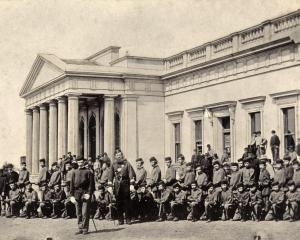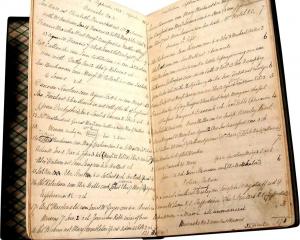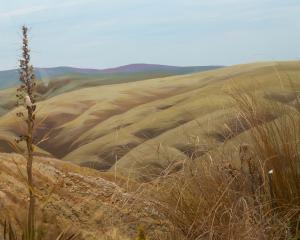
One hundred years ago, men from Otago were taking positions on the Western Front, writes Seán Brosnahan.
The trenches in Houplines where the men of the Otago Battalion were deployed.
As the centennial of World War 1 moves into its third year, New Zealand's commemorative focus turns to France and events on the Western Front in 1916.
The first months of the year saw the survivors of the failed Gallipoli campaign recuperating and refitting in Egypt. They were joined there by reinforcements from home to create a new force, the New Zealand Division. It was three times the size of the New Zealand Brigade that had invaded Turkey and it was now deployed to the main theatre of the war in Europe.
Despite their experience in the Dardanelles the New Zealanders were considered an untested force for the style of trench warfare that had developed in France.
They were therefore deployed to a "quiet'' section of the line to learn the ropes. This was to the east of the industrial town of Armentieres in northern France.
The Otago men had their first experience of the front line on May 14, 1916, when the 2nd Otago Battalion was sent up the line to occupy trenches 82-85 in the Houplines sector.
Two days later, Lieutenant Andrew Boyes became their first casualty on the Western Front. He was shot in the head by a German sniper while standing in Trench 82.
Andrew Boyes was from Caversham. After attending Otago Boys' High School, he had become a fitter at the Hillside railway workshops.
He was also a part-time soldier, serving in the Caversham Rifle Volunteers and then the 4th Otago Regiment of the Territorials before the war.
Mr Boyes enlisted in September 1914 and served through the Gallipoli campaign.
Most veterans of his experience had developed a keen sensitivity to the threat of sniper fire.
Perhaps the "quiet'' reputation of the Armentieres area had lulled the Otagos into a false sense of security.
Lt Boyes' fate certainly shook them up and ensured a much higher level of vigilance thereafter. The 24-year-old from Caversham unfortunately had to pay the ultimate price to warn the others.
Lt Boyes' portrait and a map of the Houplines trenches is included in the "Call to Arms'' display at Toitu.
- Seán Brosnahan is a curator at Toitu Otago Settlers Museum.












